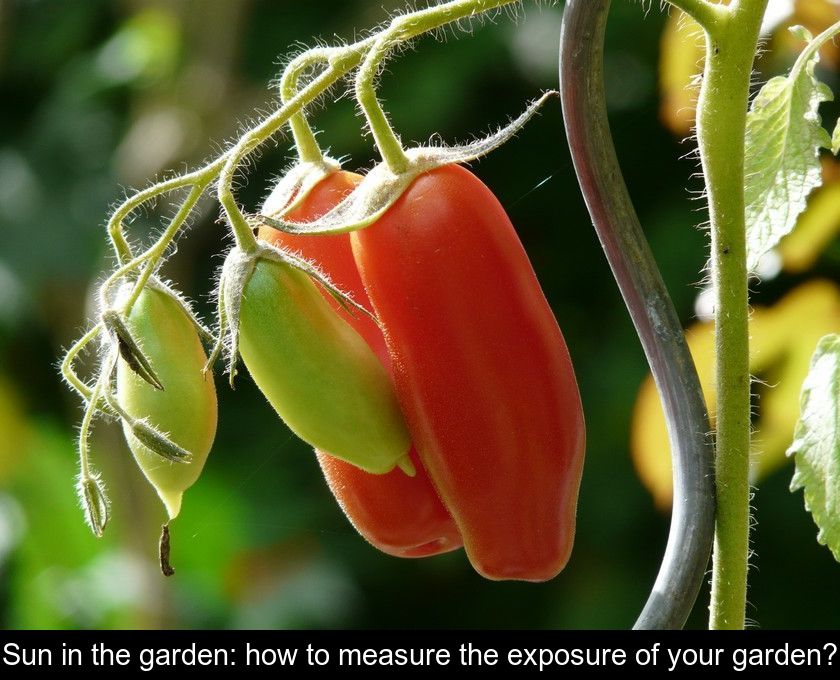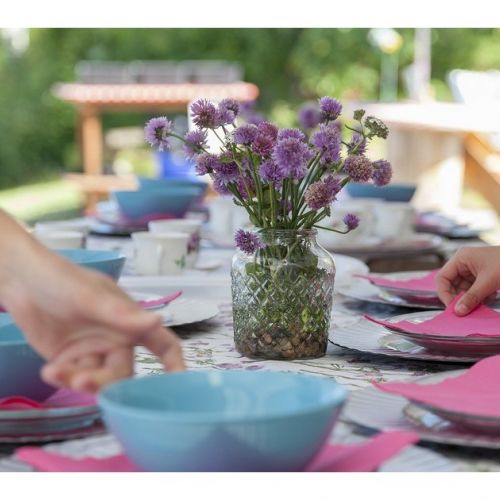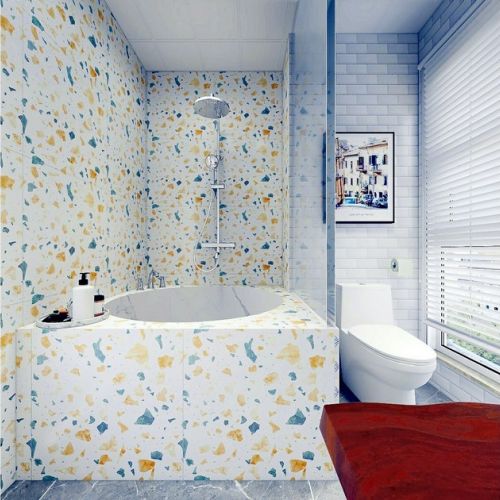Sun In The Garden: How To Measure The Exposure Of Your Garden?
All gardeners, beginners or experienced, know it well: plants need light to grow. You need sun in your garden to produce well, but not too much! To avoid lack of light or, on the contrary, overheating, we explain how to dose the exposure of your vegetable garden.
Why do plants need light?
If you followed your SVT classes well in college, you probably remember that plants have this somewhat magical feature of making their own energy source through photosynthesis.
But for photosynthesis to work, plants need sunlight. It is thanks to the photons of sunlight that they transform water (drawn from the soil by the roots) and carbon dioxide (captured from the atmosphere by the leaves) into sugars.
When light and photons run out, plants grow slower and tend to die off. For the gardener, it is therefore very important to have sunlight in the vegetable garden so that his plants will thrive and produce well.
This is the reason why vegetable plants are usually installed in a corner of the garden with a sunny exposure and away from trees that could shade them.
The southwestern exposure is ideal because it provides at least 6 hours of daily sunlight to plants and vegetables.
What are the risks of too much sun?
Even if every good gardener must provide enough light to his plants and vegetables, one must also beware of excess!
In fact, too much sun in the vegetable garden can have unfortunate consequences on plant health. When plant leaves receive too many photons, a phenomenon called photoinhibition occurs. The plant adapts to the excess light and slows down the mechanisms of photosynthesis.
Furthermore, too much ultraviolet radiation can lead to sunburn in plants as well as in humans and to overheating phenomena.
How to protect your vegetable garden from the sun?
You will have understood, the sun in the vegetable garden, we need it but not too much! That's why there are different methods to protect your garden from the sun.
The quickest method to implement and the most flexible is to use shade sails or shades. They are easy to use. The main thing is to make sure they are securely fastened so that the wind cannot blow them away.
These sails come in different sizes and are more or less blackout. They have the advantage of letting the rain through but not the hail!
If you are looking for a more natural material than plastic shade, you can use jute or sisal nets. These nets look like burlap with a larger mesh.
You can also shade your vegetable garden by building wooden or metal structures to which you attach canisses or clapboards.
To modulate the density of the shade, consider adjusting the height of the structure. The higher it is, the more area the shade will cover during the day. It will protect more vegetables but will stay in one place less time.
Another natural trick is to protect vegetables from the sun with other plants, such as trees or vines. This environmentally friendly solution is also the most complex for modulating shade.
You will need to be careful not to create too much shade, especially in the spring, when your vegetable garden is not yet suffering from too much sun but needs maximum light to get off to a good start.
Always choose trees with deciduous foliage and plenty of air. A quicker and more easily modulated solution is to plant grapevines. You can prune the vine in the spring to provide your vegetables with partial shade. As a bonus, you'll be able to harvest grapes as vines are generally productive and easy to maintain.
In closing, let's remember that another tip to protect your vegetable garden from the hot summer heat is to mulch the soil. A well-dosed mulch helps retain moisture at the base of plants when the mercury climbs.











